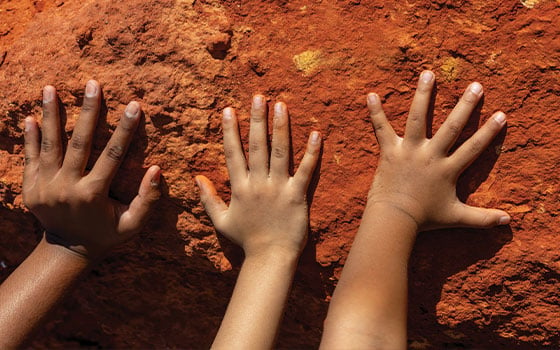Search

News & Events
Visit from On Track Watch Community Researchers helps build a pathway of looking at two different culturesFor Aboriginal Community Researchers Minitja Marawili and Yunutju Gondarra, the work of the END RHD CRE is deeply personal.

News & Events
Laqueisha's story: living with RHDLaqueisha was just five years old when she was diagnosed with rheumatic heart disease and sent on a 5,000km return trip to Perth for major heart surgery.

We hear the word leadership so often, but what does it mean, especially in an online context? Once we understand our role as cyber leaders we are

Friending and Grouping Most social media sites or apps connect you with other users by friending or following. Within the larger group of your

Whether writing and sending messages or emails, or posting or sharing images and videos, it is important to make sure the content is appropriate,

Facilitate research interest & opportunities that involve Aboriginal families & communities and build the capacity and development of Institute researchers
Strengthening the capacity of Aboriginal children, families and communities
Research
KAMS MOUAs part of the discussions with Kimberley Aboriginal Medical Service (KAMS) to establish the Broome site of the WAAHKN it has been agreed to establish...
Research
Profile of the PLAY spaces & environments for children’s physical activity, sedentary behaviour and sleep (PLAYCE) cohort study, Western AustraliaChildhood is a critical period for the development of movement behaviours such as physical activity, sleep and sedentary behaviour. The PLAYCE Cohort was established to investigate how movement behaviours change over early to middle childhood, across key behaviour settings and relationships with health and development. An overview of the PLAYCE cohort, summary of key findings to date, and future research opportunities are presented.
Research
Profiling epithelial viral receptor expression in amniotic membrane and nasal epithelial cells at birthChildren with wheeze and asthma present with airway epithelial vulnerabilities, such as impaired responses to viral infection. It is postulated that the in utero environment may contribute to the development of airway epithelial vulnerabilities.
